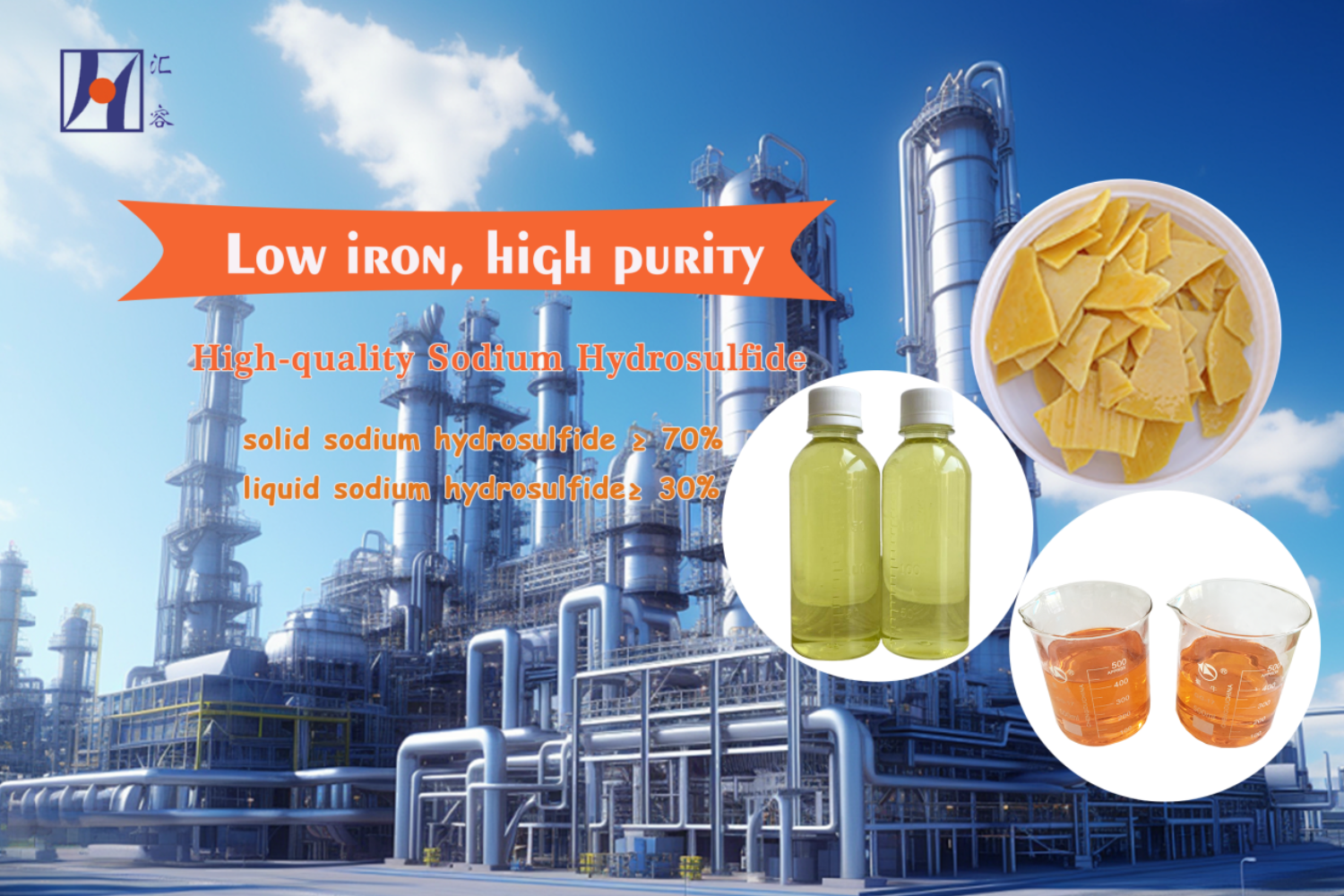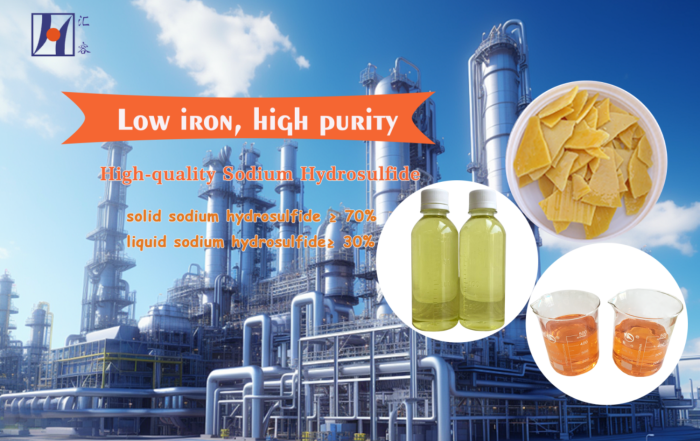Sodium hydrosulfide (NaHS), a significant chemical product, is widely used in various industries, including mining and metallurgy, pharmaceuticals, chemical fiber, dyes, leather, organic silicon, and wastewater treatment. The price of sodium hydrosulfide is influenced by several factors, which will be analyzed in detail from multiple aspects such as production costs, market demand, raw material prices, policies and regulations, international markets, and environmental factors.
Production Costs
The production cost of sodium hydrosulfide is one of the key factors determining its price. Production costs consist of raw material costs, energy costs, labor costs, and equipment maintenance costs. The main raw materials for sodium hydrosulfide are sulfur and sodium hydroxide (caustic soda). Fluctuations in sulfur prices directly affect the production cost of sodium hydrosulfide. Changes in energy prices, such as electricity and natural gas, also impact production costs. Additionally, increases in labor costs at factories and equipment maintenance costs, especially during large-scale repairs, lead to higher production costs and, consequently, affect product prices.
Market Demand
Market demand is another crucial factor influencing the price of sodium hydrosulfide. Sodium hydrosulfide is extensively used in metal smelting, chemical synthesis, textile dyeing, and other fields. The prosperity of these industries directly impacts the demand for sodium hydrosulfide. For instance, in the metal smelting industry, sodium hydrosulfide is used for mineral flotation and purification. When the metal market is booming, the demand for sodium hydrosulfide increases, and vice versa. In the chemical synthesis and textile dyeing industries, an expansion in production capacity or an increase in market demand leads to a corresponding rise in the demand for sodium hydrosulfide, thereby pushing up its price.
Raw Material Prices
The production of sodium hydrosulfide relies on sulfur and sodium hydroxide, and fluctuations in the prices of these two raw materials directly impact the cost and market price of sodium hydrosulfide. Sulfur, a byproduct of the petroleum and natural gas industries, is significantly influenced by international crude oil market fluctuations. The price of sodium hydroxide is affected by the chlor-alkali industry, with electricity costs and salt prices both impacting its price. Any fluctuations in raw material prices will be passed on to the production cost of sodium hydrosulfide, This in turn affects its market price.
Policies and Regulations
Policies and regulations also significantly impact the price of sodium hydrosulfide. Stricter environmental protection policies increase enterprises’ environmental protection costs, thereby increasing production costs. For example, higher government requirements for wastewater treatment and exhaust gas emissions force production enterprises to invest more funds in the construction and maintenance of environmental protection facilities. Changes in tax policies, such as adjustments in value-added tax, resource tax, and environmental tax, also affect the price of sodium hydrosulfide.
International Markets
The supply and demand situation in the international market for sodium hydrosulfide significantly impacts its price. As a bulk chemical product, the international supply and demand relationship directly influences the price of sodium hydrosulfide. When the supply from major producing countries (such as China) increases in the international market, the price of sodium hydrosulfide may decrease; conversely, when international demand increases or supply decreases, the price may rise. International trade policies, tariffs, and trade frictions between countries also affect the international price of sodium hydrosulfide.
Environmental Factors
Environmental factors are also an important aspect influencing the price of sodium hydrosulfide. Natural disasters, extreme weather, and other force majeure events can disrupt the supply of raw materials or damage production facilities, thereby affecting the production and supply of sodium hydrosulfide. For example, typhoons, floods, and other extreme weather conditions can impact the transportation and supply of sulfur and sodium hydroxide




